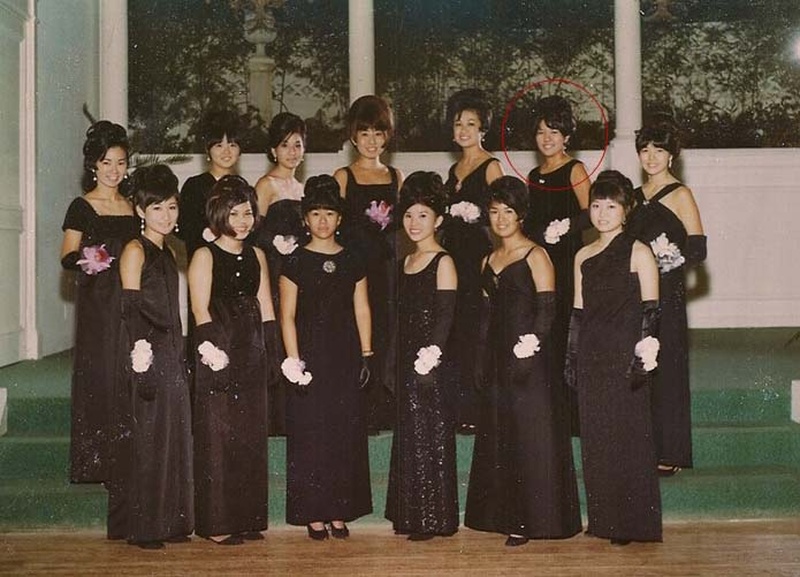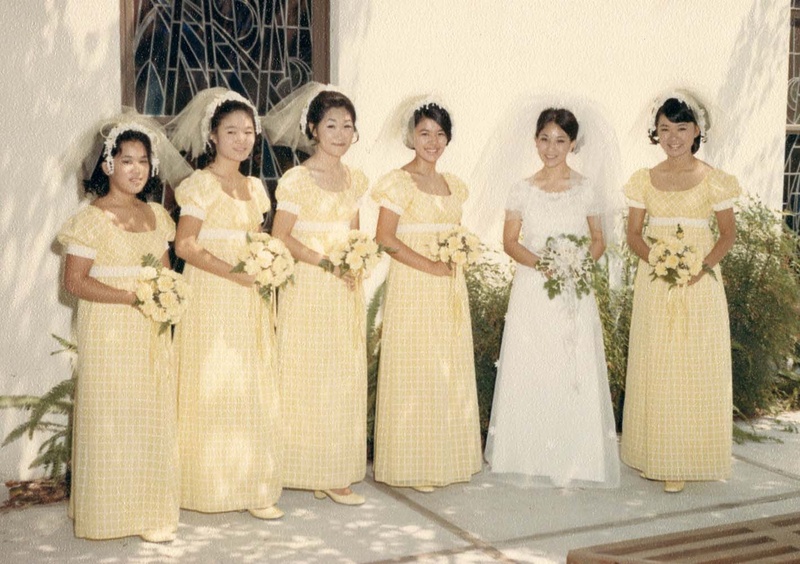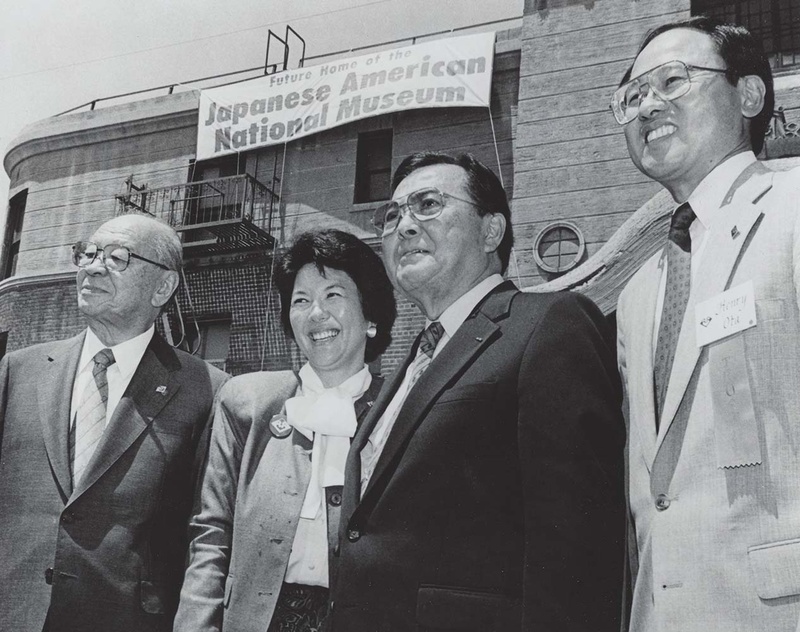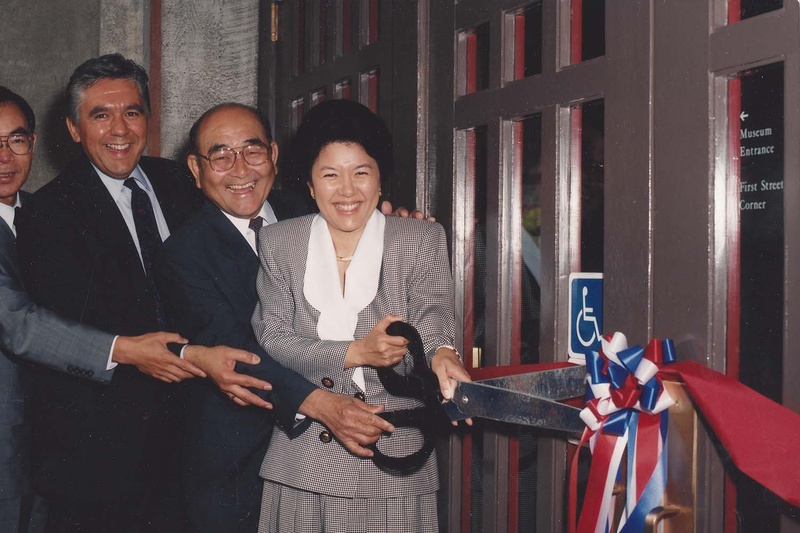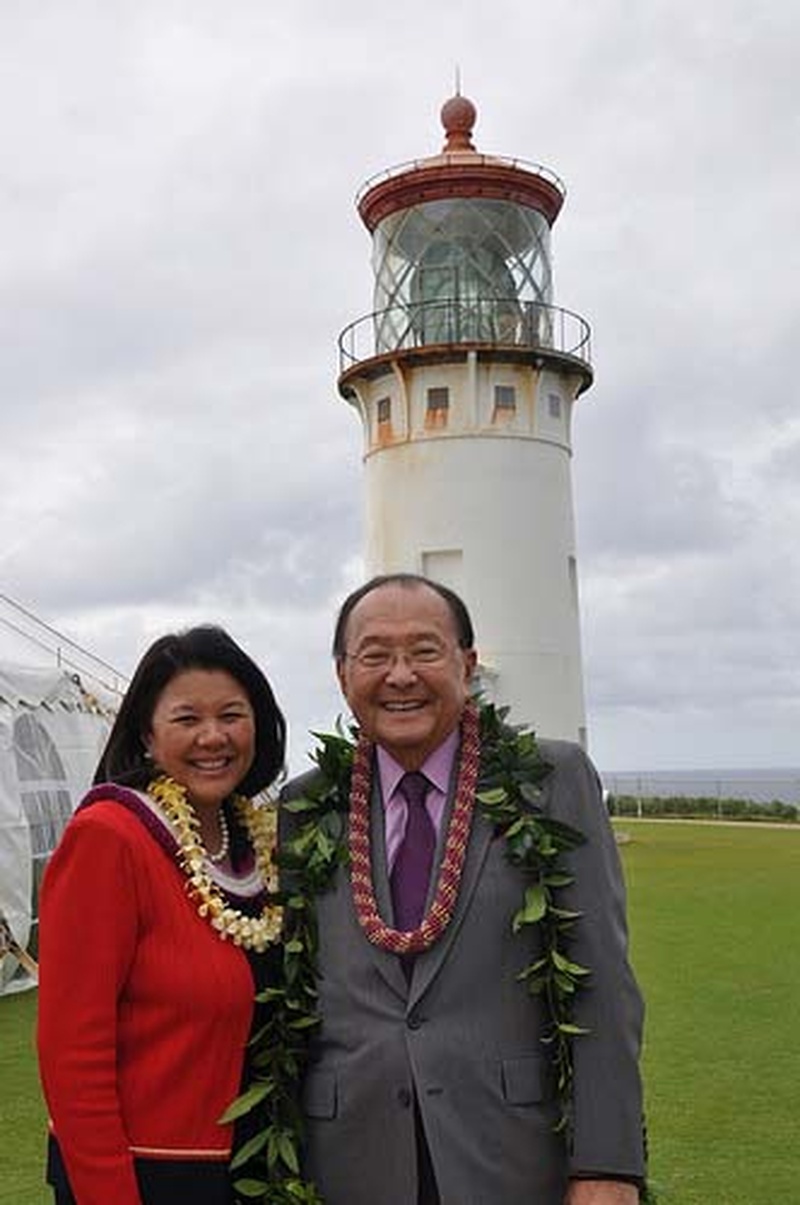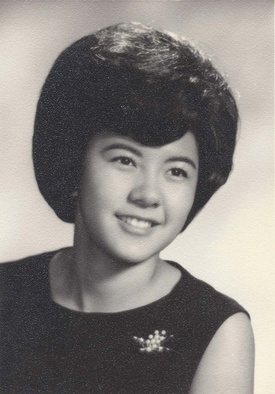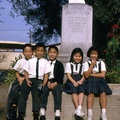On April 7, 2020, I heard that Irene Hirano Inouye, a member of Delta Phi Kappa in the mid-60s, passed away. I was saddened by her passing because she was a person who made a great impact on my life. I thought I would share my story about how our lives have intersected over the years.
I first met Irene Yasutake in the summer of 1970. I was an awkward tom-boyish 14-year-old who was unwillingly thrust into being a bridesmaid at my sister Susan’s wedding. There was talk around me by my mother and sister about how I was too old to be a flower girl and too young to be a bridesmaid. Of course, no one bothered to ask me what I wanted to do.
Through my sister’s years at University of Southern California (USC) from 1965 to 1969, I was able to watch her glide effortlessly through her college years. Susan joined the Deltas in the fall of 1965. As a 10-year-old, I thought she was like Cinderella floating around in white gowns, black gowns, and pretty party dresses. Susan would often bring home cardinal and gold pom poms after USC football games, then she would dash right back out to go to the next party. Susan met Irene in the Fall of 1966 through the Deltas and they became friends.

That is how Irene became a bridesmaid in my sister’s wedding. We both ended up wearing the same puffy yellow dresses and uncomfortable yellow shoes.
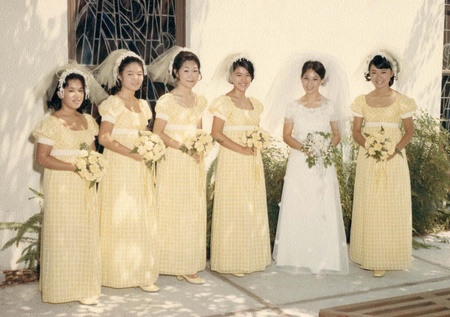
Fast forward to the late 70s where I was beginning to be active in the community using my filmmaking skills to document Japanese American history. I was invited to a meeting at the T.H.E. Clinic where Irene, now Irene Hirano, was the director of a small non-profit clinic not too far away from the USC campus that provided low cost healthcare to mainly African American and Latina women. The meeting was about the Asian Pacific Women’s Network, that Irene had just founded. It sounded interesting, but I was still in graduate school and involved with Visual Communications, an Asian American media arts organization, and my schedule was jam packed with work.
In the mid-80s, Irene and I would meet up again when she was appointed to be the President and CEO of the Japanese American National Museum/JANM. By that time, I was the Director of Video Production at Transamerica Insurance Company. I volunteered to do a marketing video for JANM and soon after I was hired to work for Irene and her team as a freelancer at the museum. For the next two decades, I produced videos to help fundraise for JANM and I was able to witness first-hand Irene’s leadership abilities.
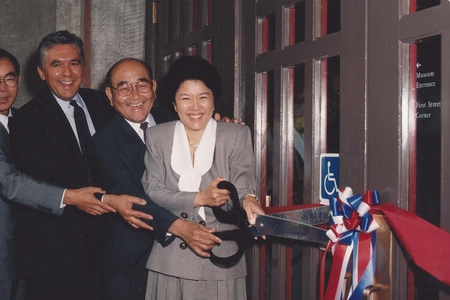
Over the years, I interviewed Irene for videos that documented her dedication to JANM. Irene always dressed impeccably and worked tirelessly with a can-do attitude. She was also decisive and easy to work with and for. Irene had that uncanny ability to remember hundreds of names and faces. As a single mother for a good portion of her life, I was amazed at all she had to juggle from extensive travel, to hiring staff, to working with the city, architects and engineers on the building of the museum. Through all this Irene remained a very private person, so I knew little of her home life. As a skillful leader and negotiator, Irene was able to raise millions for the museum. As the first Japanese American woman I knew that demonstrated that Asian American women can be both powerful and effective, she made a lasting impression on me.

When she left Los Angeles to marry U.S. Senator Daniel Inouye in 2008, I knew she would continue to do great things. As the President and CEO of the US-Japan Council, she was a key player in creating an international bond between the two countries. We kept in touch periodically because I was fortunate that she would always respond to email no matter how trivial. Irene came to my assistance when I was organizing a screening of one of my documentaries in Washington, DC in 2015. Ironically, my sister Susan didn’t keep up with any of her old Delta friends including Irene, but I was lucky that as a naïve 14-year-old girl, I was able to meet an amazing woman. I know Irene would do whatever she could to help us in the formation of our Delta Phi Kappa Alumni Association if she were still alive today because she believed in the power of Asian American women. She died way too young and way too early.
* This article was originally published in USC Delta Phi Kappa Alumnae Association Magazine.
© 2020 Janice D. Tanaka


